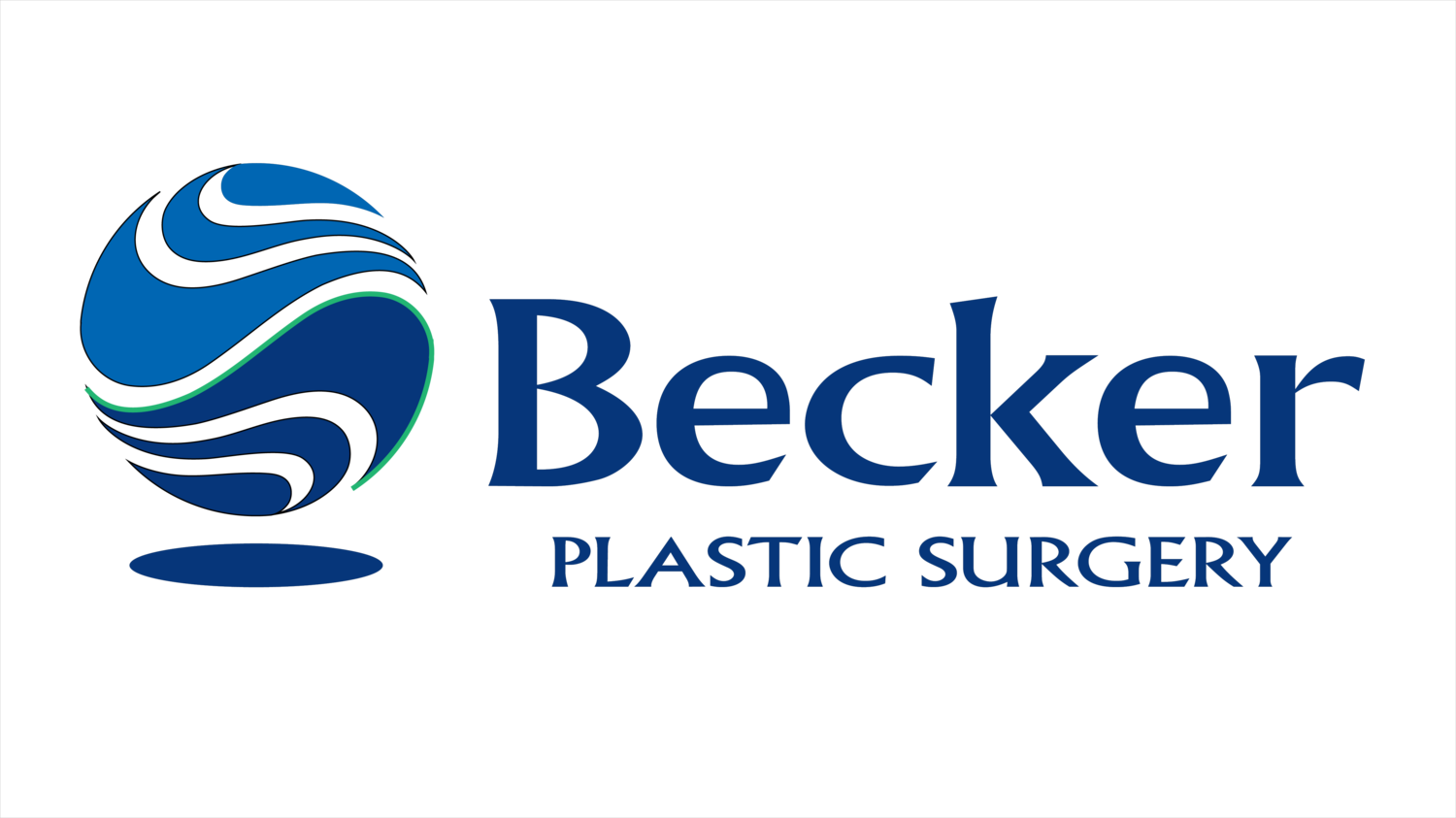Breast Lift (Mastopexy) Information
Qualifications
In general, good candidates for mastopexy:
Aren't pregnant or breastfeeding
Are old enough to have fully-developed breasts
Are bothered by the feeling that their breasts sag or have lost shape and volume
Have breasts with a flatter, elongated shape or that are pendulous
Have nipples that fall below the breast crease when unsupported
Have nipples and areolas that point downward
Have stretched skin and enlarged areolas
Have one breast that is lower than the other
Are healthy and do not have medical conditions that impair healing
Are nonsmokers
Have a positive outlook and realistic expectations
Preparation
In preparing for a breast lift, you may be asked to:
Get lab testing or a medical evaluation
Take certain medications or adjust your current medications
Stop smoking well in advance of surgery
Avoid taking aspirin, anti-inflammatory drugs, and herbal supplements because they can increase bleeding and bruising
Arrange for a friend or family member to drive you to and from surgery and to stay with you the first night following surgery
Recovery
Patients should avoid lifting for 2 weeks.
Although infrequent, the risks and complications of mastopexy include:
Poor scarring
Loss of nipple sensation
Incision breakdown
Asymmetry (unevenness between two sides)
